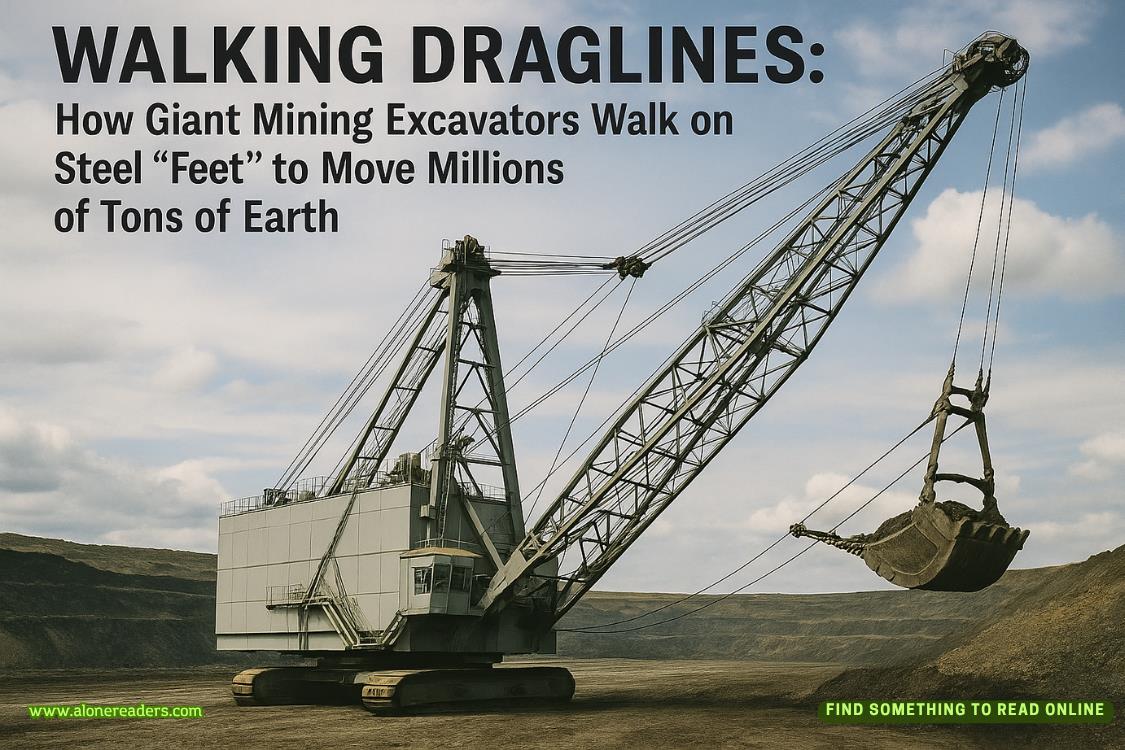Page 23 of Eruption
MacGregor asked, “What is it?”
“Mac, have you read this?”
“No.”
“What’s vent deflection?”
He shook his head. “Never heard of it.”
“Well, this whole report is about vent deflection.” She flipped back to the first page. “Here it is… Project Vulcan and mechanisms of vent deflection.”
MacGregor got up and read over her shoulder.
PROJECT VULCAN (VENT DEFLECTION) BACKGROUND TO PROJECT
In response to the threat of a potentially disastrous eruption of Mauna Loa following the July 1975 eruption, local authorities requested that federal military agencies prepare contingency plans for lava diversion. Four methods to divert lava were investigated: dikes, seawater application, bombing, and vent deflection.
Dikes have invariably failed in the past. Even when they are notably strong and high, i.e., 25 to 40 feet (8 to 12 meters), they are overrun.
Seawater cooling has succeeded only in Iceland; there, the lava flowed near the sea, so pumping was manageable. In Hawai‘i, pumping seawater up a 13,000-foot mountain is not practical.
Bombing was carried out in 1935 and in 1942, with questionable results. In 1935, the lava was already halting of its own accord and most observers felt bombing had no effect. In 1942, bombing clearly failed to halt the lava.
“We know all this already,” MacGregor said.
“Yes,” she said, “but did you know the army ran bombing tests back in the seventies?” She turned the page, kept reading.
To acquire detailed information on direct bombing effects, in 1976 the U.S. Army conducted tests on the north slope using 2,000-pound (900-kilogram) MK-84 bombs. This ordnance produced craters 10 meters wide and 1.8 meters deep, which were deemed too small to divert flows. Attempts to break open lava tubes failed. The 1976 tests suggest that aerial bombing will never succeed and should be abandoned.
Vent deflection remains the only possible method for control of lava flows. Procedures to accomplish this are limited by a lack of knowledge of subsurface geography and magma flows prior to eruption. However, such data may be available in the future. This report considers three potential methods of vent deflection that may be employed in the future.
“It seems,” Jenny said, “they’re talking about placing explosives around a potential vent to control its behavior.”
In a modified form, the idea wasn’t entirely new. A bombing contingency plan had been drafted ahead of Mauna Loa’s 1984 eruption but never used. Since lava seemed to be unstoppable once it got going, there had been a lot of discussion about trying to modify the vents—the openings through which lava appeared on the slopes. Some scientists believed that you could bomb the vents and divert the lava right at the mouth.
But this was different. It was more like the technique used in 1992 during the eruption of Italy’s Mount Etna, when engineers detonated eight tons of explosives to expand a channel for flowing lava and save a village in its path. This report suggested that a vent could be opened at will and that the eruption could be directed, could be controlled…
MacGregor leafed through the report and saw page after page of dense calculations—explosive zone effects, shock-wave propagation in basalt, target conduit expansion rates.
He nodded in genuine admiration. “They really went into this.”
“Looks like it,” Jenny said. She turned to a series of detailed maps of the caldera and the rift zones where placements for explosives had been marked. There were also ground photographs of proposed rift-zone sites.
MacGregor’s eyes settled on one paragraph.
Current tunneling technology (TK-17, TK-19, etc.) permits the drilling of narrow cores (less than one meter in diameter) to a depth of four kilometers beneath the surface, deeper if significant thermal effects are not encountered. On an emergency basis such cores can be drilled in 30 to 50 hours. The effect of appropriate ordnance in narrow cores has been studied previously (cf. Project Deep Star, Project Andiron). Furthermore, the recent success of precise detonation timing (PDT) suggests that the resonant-shock phenomenon (RSP) will greatly amplify any ordnance effect within a core.
“So this is what the boys were talking about,” MacGregor said, frowning. “But I don’t get it. I mean, I get that somebody spent a lot of money to do this study. I’m just not sure why.”
Jenny shrugged. “DARPA does cutting-edge projects. They started developing the internet back in the 1960s, remember?”
“Ah, our tax dollars at work.”
“Local officials must have asked for this,” Jenny said.
“True,” MacGregor said, “but back then, Hilo was a townof—what? Thirty-five thousand? That doesn’t justify a study costing a couple of million dollars. It still doesn’t make sense to me.”
“Could be strictly political,” Jenny said. “So many studies for Hawai‘i, so many studies for California and Oregon. Like that.”















